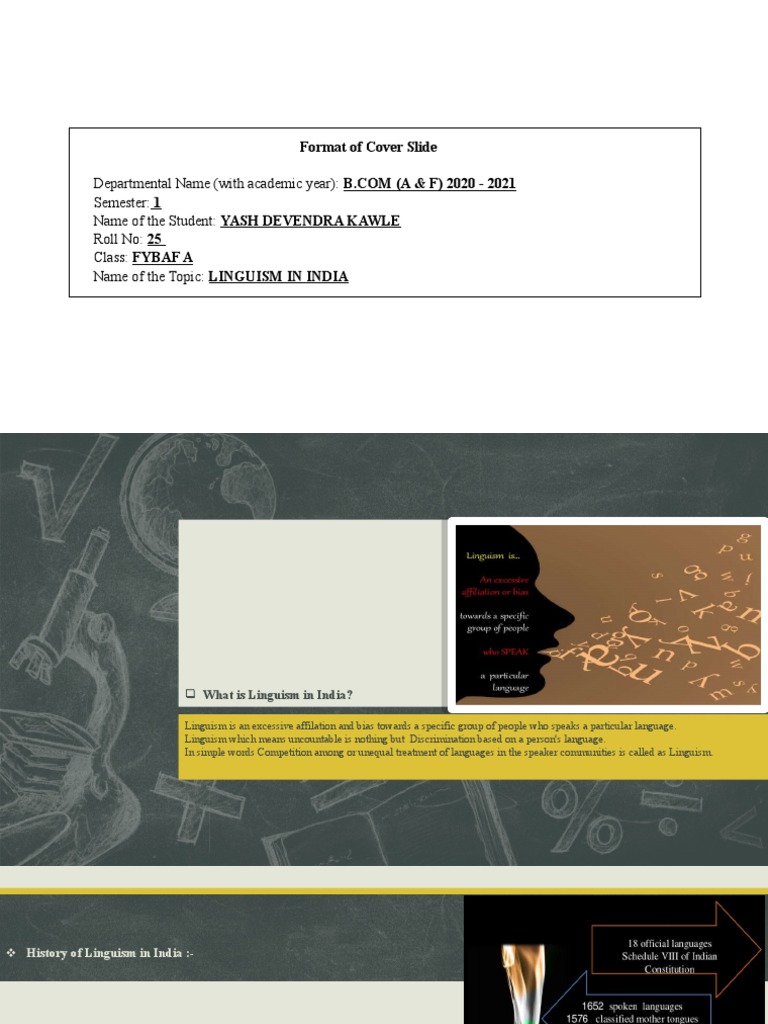Linguism, the scientific study of language, is a multifaceted and interdisciplinary field that encompasses various aspects of human communication. From the structural analysis of phonetics and phonology to the exploration of language acquisition and language teaching, linguistics seeks to understand the complexities of language as a fundamental component of human society. With its roots in ancient civilizations, the study of linguistics has evolved significantly over time, influenced by philosophical, psychological, and sociological perspectives. Today, linguistics is a vibrant field, with researchers employing a wide range of methodologies, including experimental, corpus-based, and ethnographic approaches, to investigate the intricacies of language in diverse contexts.
The evolution of linguistics as a discipline is closely tied to the development of various theoretical frameworks and models. For instance, the structuralist approach, pioneered by Ferdinand de Saussure, laid the groundwork for the analysis of language as a system of signs. Later, the generative grammar model, proposed by Noam Chomsky, posited that language is an innate faculty of the human mind, with a universal grammar underlying all human languages. These theoretical advancements have not only deepened our understanding of language structure and use but have also informed practical applications in fields such as language teaching, speech therapy, and natural language processing.
Key Points
- The study of linguistics encompasses phonetics, phonology, morphology, syntax, semantics, and pragmatics to understand language structure and use.
- Language acquisition theories, such as behaviorist and nativist approaches, attempt to explain how humans acquire language.
- Sociolinguistics explores the relationship between language and society, including factors like dialects, multilingualism, and language policy.
- Psycholinguistics investigates the psychological processes underlying language production, comprehension, and acquisition.
- Applied linguistics focuses on practical issues related to language, including language teaching, language assessment, and language planning.
Foundations of Linguism

The foundations of linguism are built upon several key areas of study, including phonetics, the study of the physical properties of speech sounds; phonology, the analysis of sound patterns in language; morphology, the examination of word structure; syntax, the study of sentence structure; semantics, the investigation of meaning; and pragmatics, the exploration of how language is used in context. Each of these areas contributes to a comprehensive understanding of language, highlighting its complexity and the multiple levels at which it can be analyzed.
Phonetics and Phonology
Phonetics and phonology are fundamental to the study of linguistics, as they provide the basis for understanding the sound system of languages. Phonetics focuses on the physical characteristics of speech sounds, including their production and perception, while phonology examines the distribution and patterning of these sounds within languages. The distinction between phonetics and phonology is crucial, as it allows linguists to analyze the sound system of languages in a systematic and rigorous manner.
| Phonetic Feature | Phonological Representation |
|---|---|
| Voicing | /p/ vs. /b/ |
| Place of Articulation | /p/ (bilabial) vs. /t/ (alveolar) |
| Manner of Articulation | /p/ (stop) vs. /s/ (fricative) |

Language Acquisition and Learning

Language acquisition and learning are central concerns within linguistics, with researchers seeking to understand how humans acquire language and how language can be taught effectively. Theories of language acquisition, such as the behaviorist and nativist approaches, offer insights into the mechanisms underlying language development, while research in second language acquisition explores the processes involved in learning additional languages. Understanding language acquisition and learning has significant implications for educational practices and language policy.
Sociolinguistic Perspectives
Sociolinguistics, a subfield of linguistics, examines the relationship between language and society, including the role of language in social identity, language contact, and language change. Sociolinguistic perspectives highlight the importance of considering the social context in which language is used, revealing how language reflects and shapes social realities. This area of study has been instrumental in addressing issues related to language diversity, language rights, and language planning.
The interconnectedness of linguistics with other disciplines, such as psychology, sociology, anthropology, and computer science, underscores the multidisciplinary nature of the field. Collaborations between linguists and researchers from these disciplines have led to significant advancements in our understanding of language and its role in human communication. Furthermore, the application of linguistic theories and methods to real-world problems has contributed to the development of more effective language teaching methodologies, improved language assessment tools, and informed language policies.
What is the significance of linguistics in understanding human communication?
+Linguistics provides a systematic approach to understanding the structure, acquisition, and use of language, which is fundamental to human communication. By analyzing language in its various aspects, linguistics sheds light on how language influences thought, perception, and social interaction.
How does linguistics contribute to practical applications in language teaching and learning?
+Linguistics informs the development of language teaching methodologies, materials, and assessments by providing insights into how languages are structured, acquired, and used. This knowledge enables educators to create more effective language instruction programs tailored to the needs of diverse learners.
What role does sociolinguistics play in addressing issues related to language diversity and language rights?
+Sociolinguistics plays a crucial role in understanding the social contexts of language use, which is essential for addressing issues related to language diversity and language rights. By examining how language varieties are perceived and used within different social groups, sociolinguistics provides a basis for promoting linguistic diversity, challenging language discrimination, and informing language policies that respect the rights of language users.
In conclusion, linguism, as a field of study, is rich and multifaceted, offering profound insights into the nature of human language and its role in society. Through its various subfields and applications, linguistics demonstrates its relevance to understanding human communication, promoting effective language teaching and learning, and addressing critical social issues related to language diversity and language rights. As a discipline, linguistics continues to evolve, incorporating new methodologies and perspectives while maintaining its core commitment to the systematic study of language.



